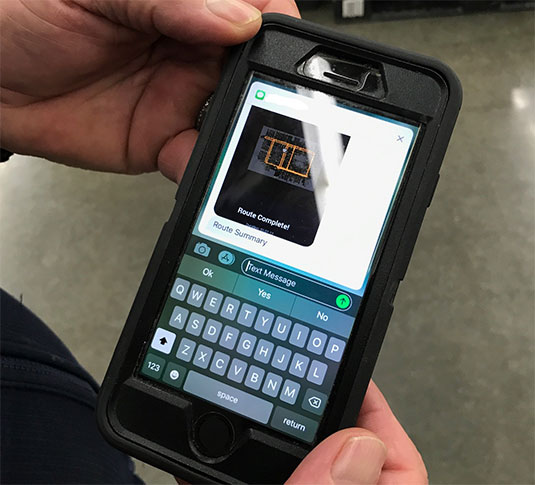Your shopping cart is empty.
Types of Robotic Mapping Technologies
Posted in Robotic Cleaning Machines, Innovation & Technology,
Robotic cleaning machines have come a long way when it comes to mapping technologies. For commercial cleaning, the automated cleaning machine uses technology to make a map of the location that needs to be cleaned so that it can plan the most effective and efficient route to clean the space. If you are considering robotic cleaning machines for your commercial cleaning business, take a look at some of the most used types of robotic mapping technologies to get a better understanding of how robotic cleaning machines navigate the areas they are cleaning.
Swarm
Swarm robotics involves using several robotic machines to solve a specific problem together. In the case of commercial cleaning, this may look like several robotic scrubbers or cleaning machines working together to clean the entire area. The idea behind this is that more is better than one, and deploying several autonomous cleaning machines can have benefits when it comes to efficiency, accuracy, and cost vs. putting all of your resources into just one machine that is tasked with cleaning the entire space itself.
Visual Teach and Repeat
The visual teach and repeat approach to robotic mapping technology involves two phases – “teach” and “repeat.” The teach phase is where the operator teaches the robot its route by manually driving the machine to build its map by capturing images and extracting the features of the area. The repeat phase is when the machine then uses the map it has built to localize and autonomously navigate the space. Since this type of mapping technology requires a camera and is not enabled by GPS, it allows autonomous floor cleaning machines to navigate constrained paths like factory floors.
SLAM
SLAM stands for Simultaneous Localization and Mapping, which is the process a robotic cleaning machine uses to navigate its environment while using a map it creates. The SLAM-enabled robot will try to map its unknown environment while also trying to figure out where it is located. SLAM algorithms are tailored to whatever resources are available, which means that they are not aimed at perfection but rather operational compliance.
Sources:
Maxwell, R. (2015, Jan. 15) Robotic Mapping: Simultaneous Localization and Mapping (SLAM). Retrieved from https://www.gislounge.com/robotic-mapping-simultaneous-localization-and-mapping-slam/
Moriarty, D. (2017, Dec. 1) Swarm Robotics - Mapping using E-Pucks: Part 1. Retrieved from https://medium.com/@DanielMoriarty/swarm-robotics-mapping-using-e-pucks-part-i-cf1a31a55a7
Shahrivar, E. (2018, Jul. 31) Visual Teach and Repeat: A closer Look (Part 1). Retreived from https://www.clearpathrobotics.com/blog/visual-teach-and-repeat-closer-look-part-1/


